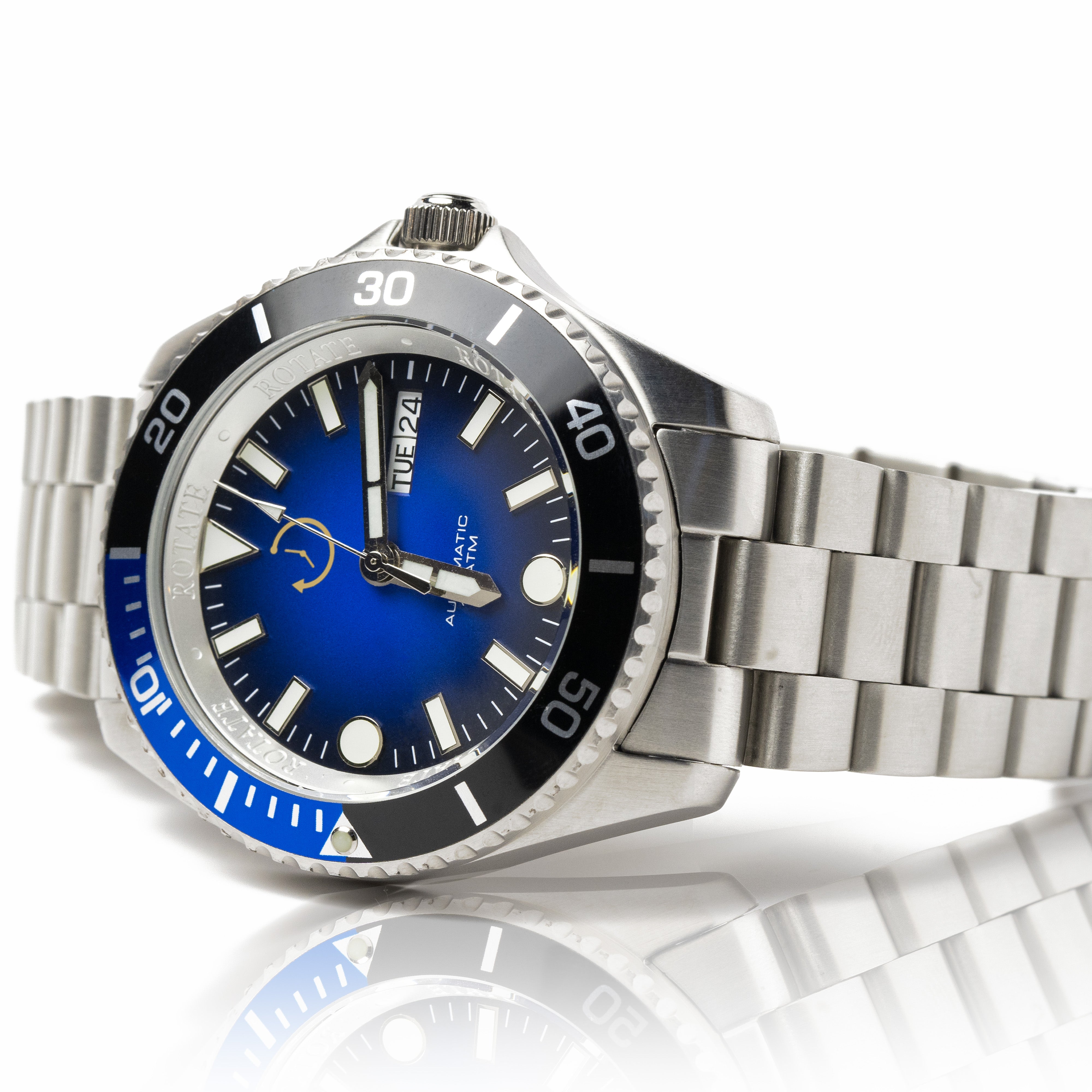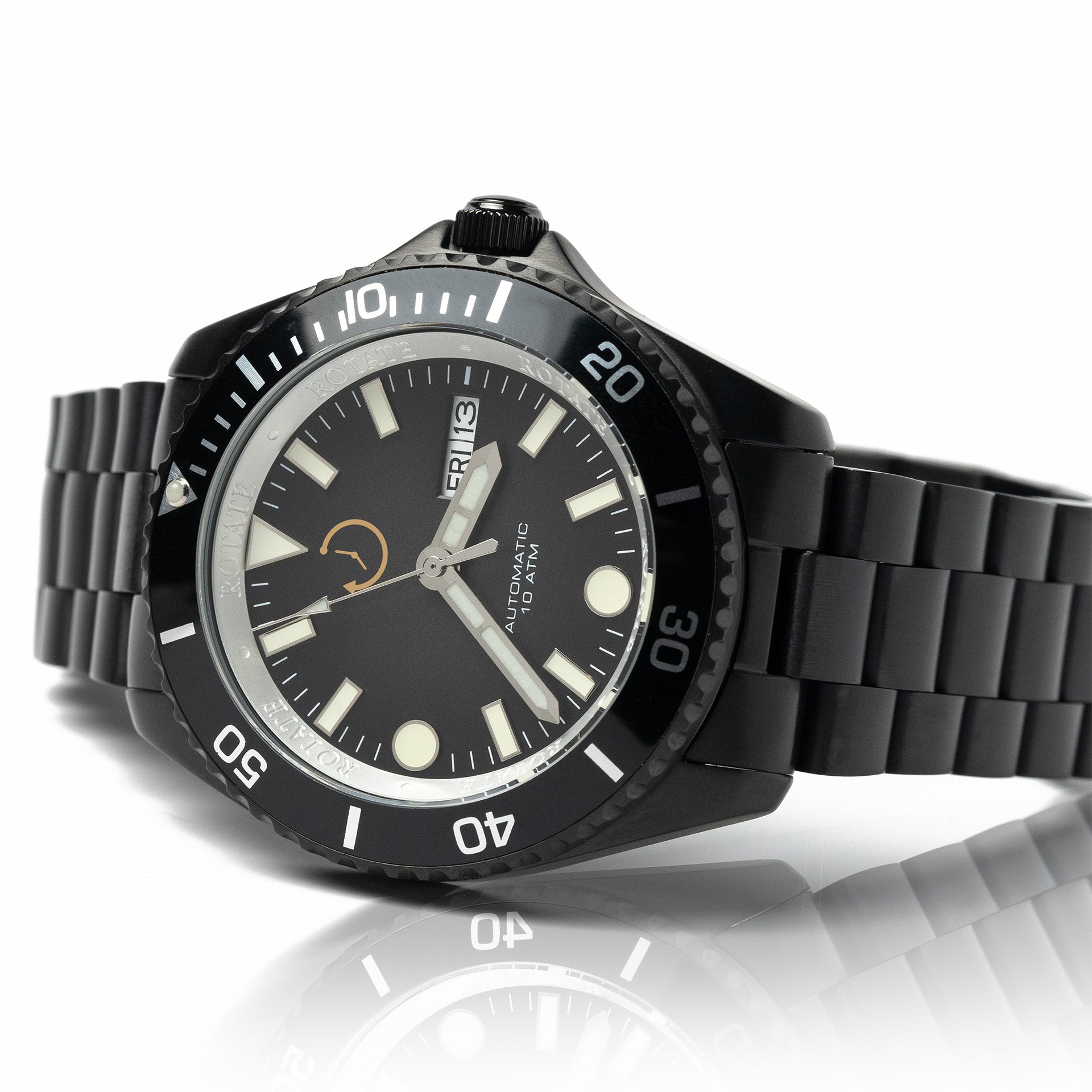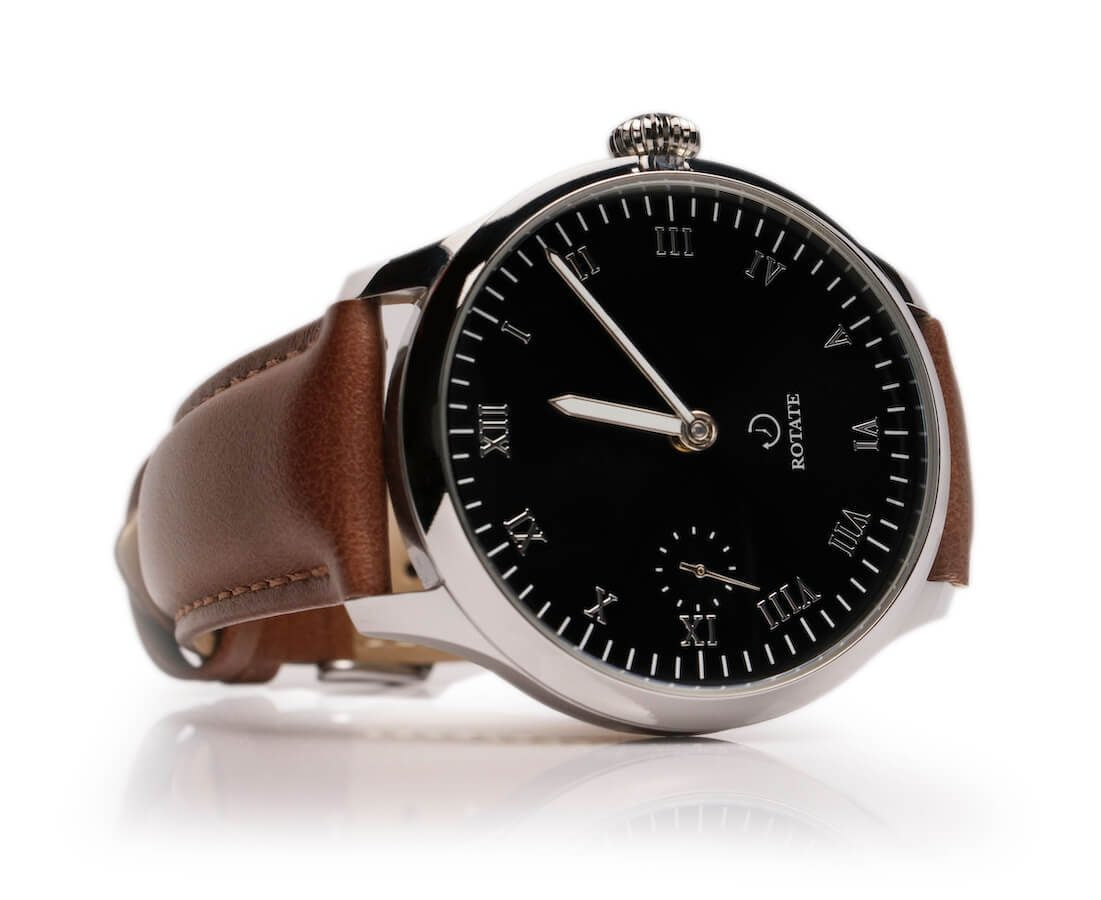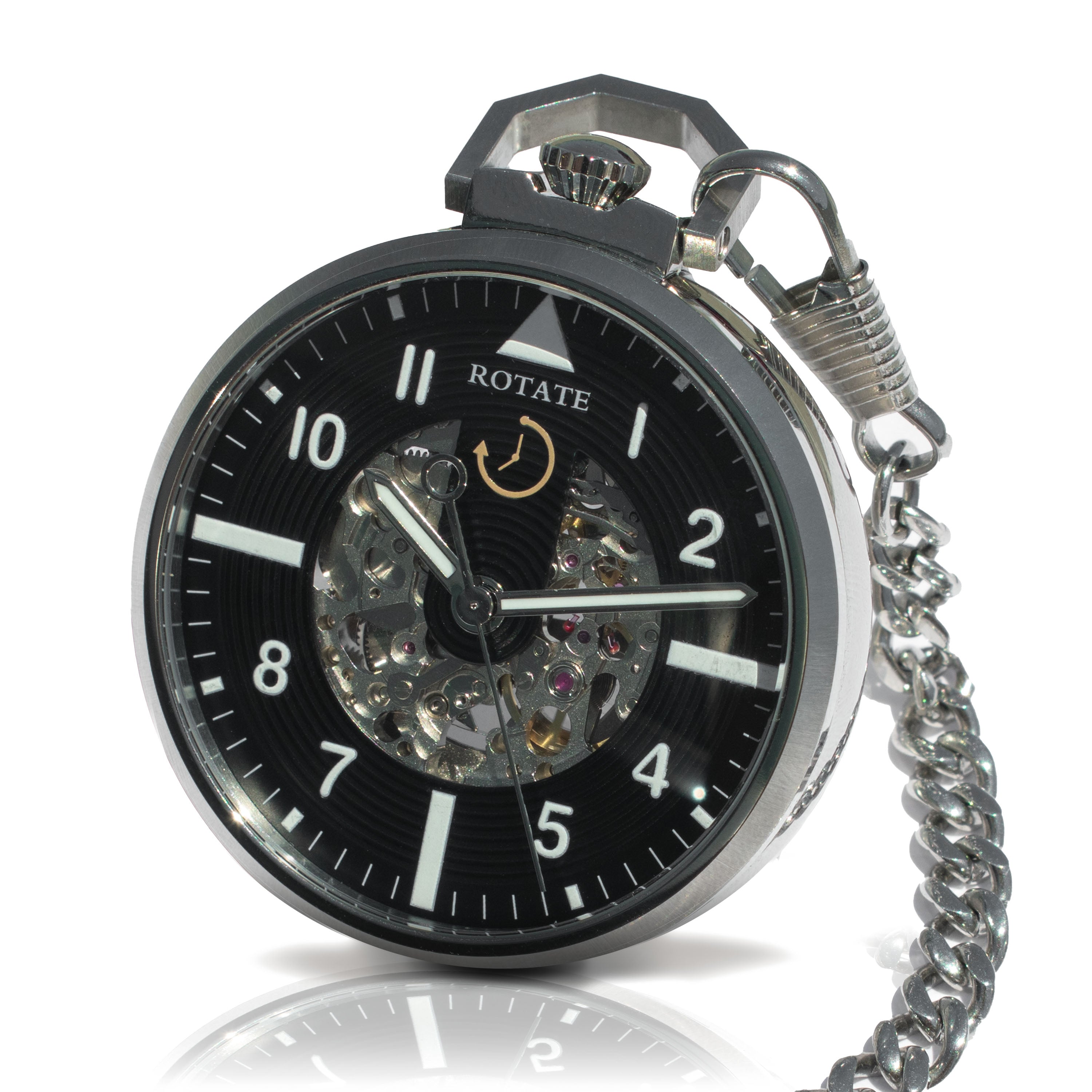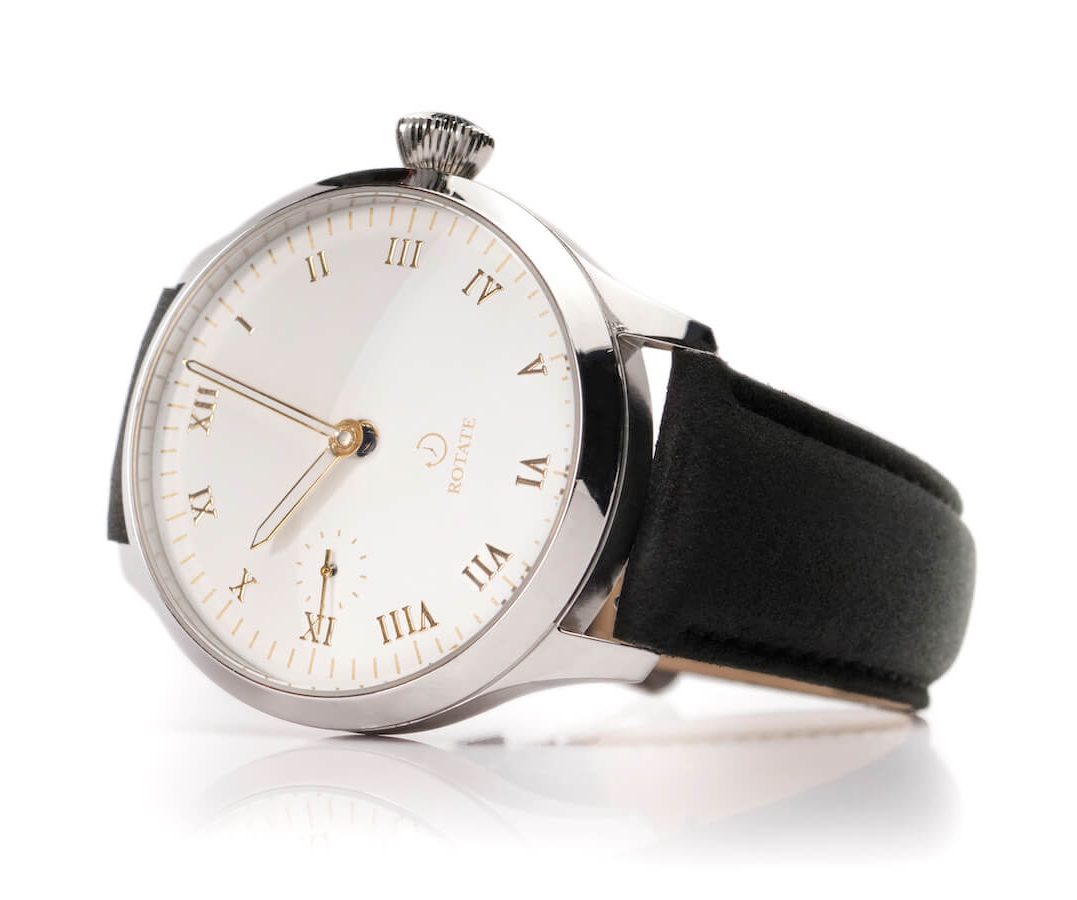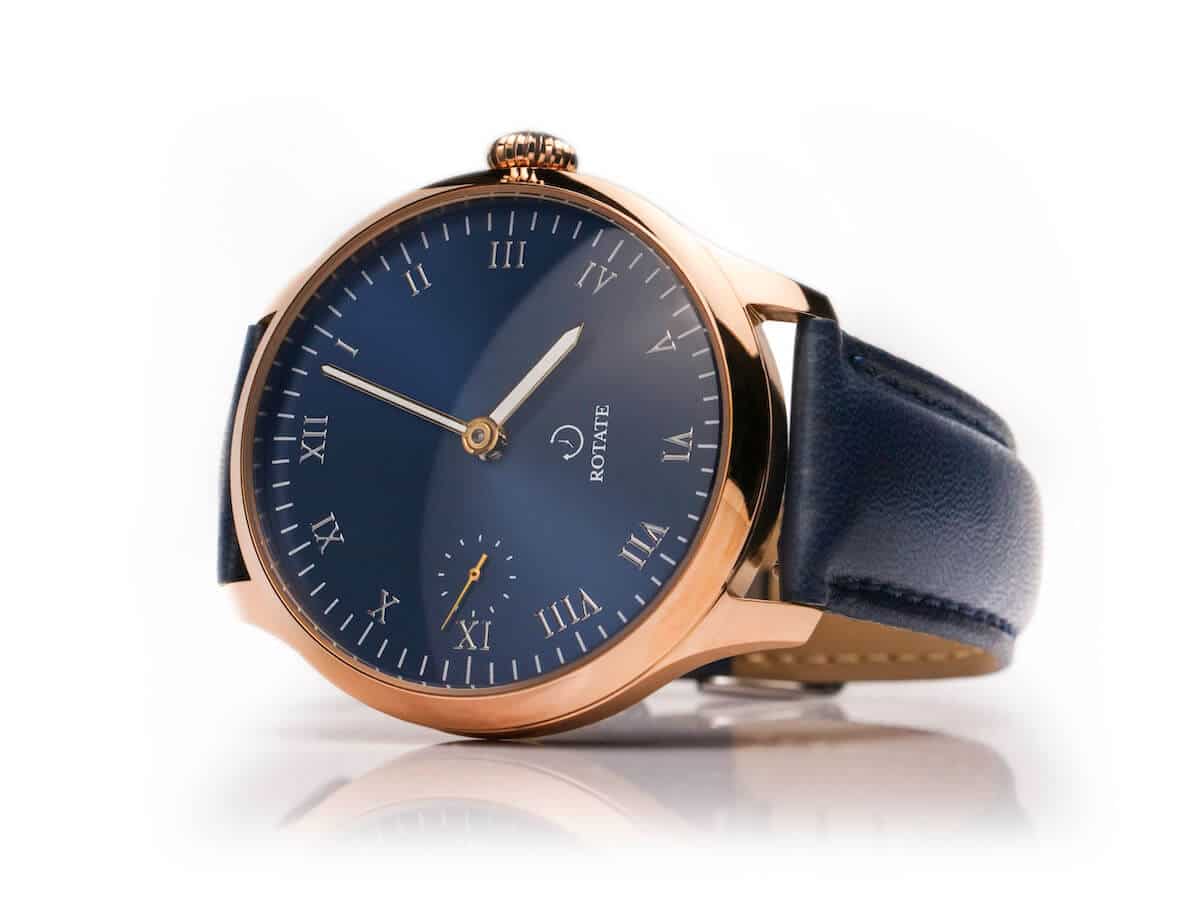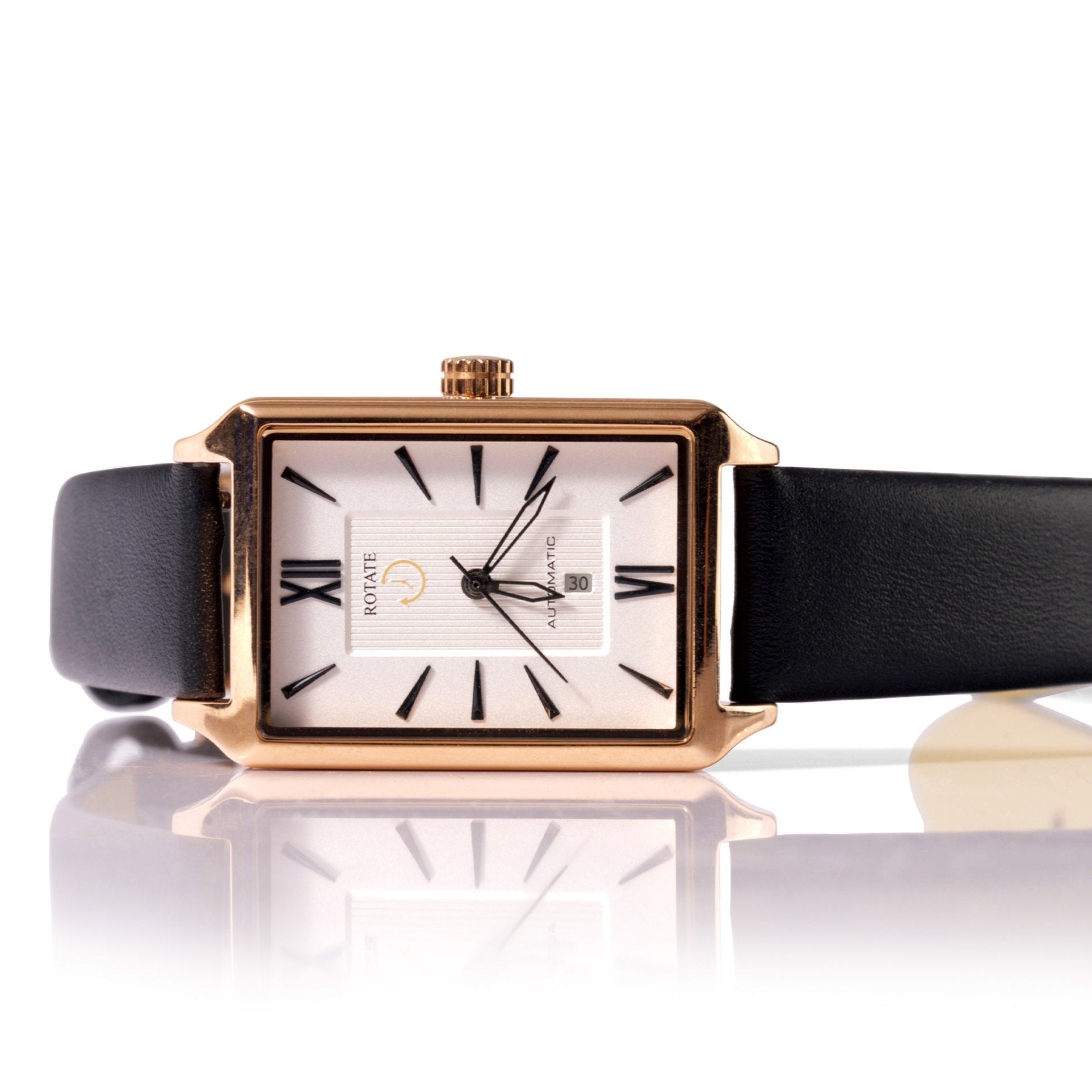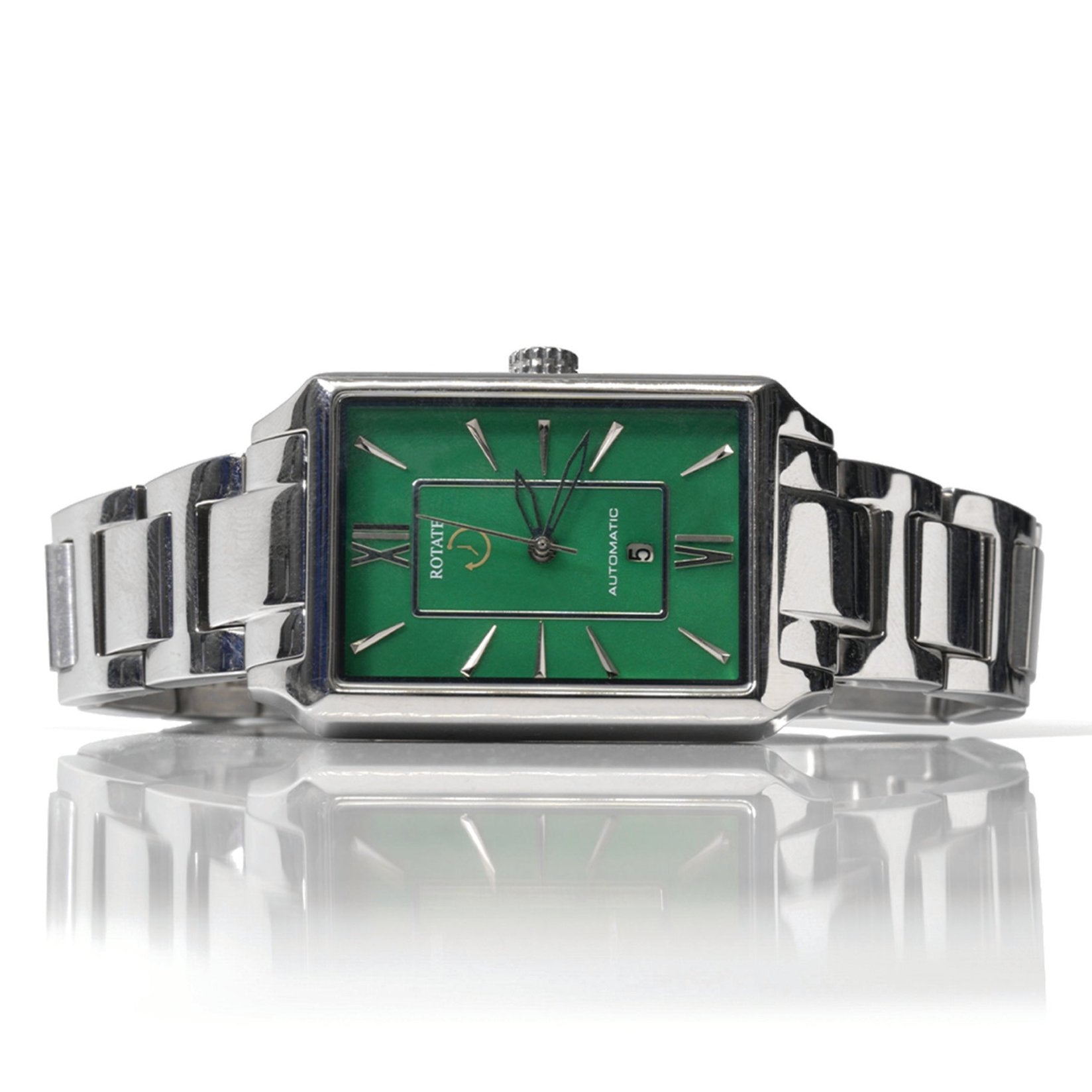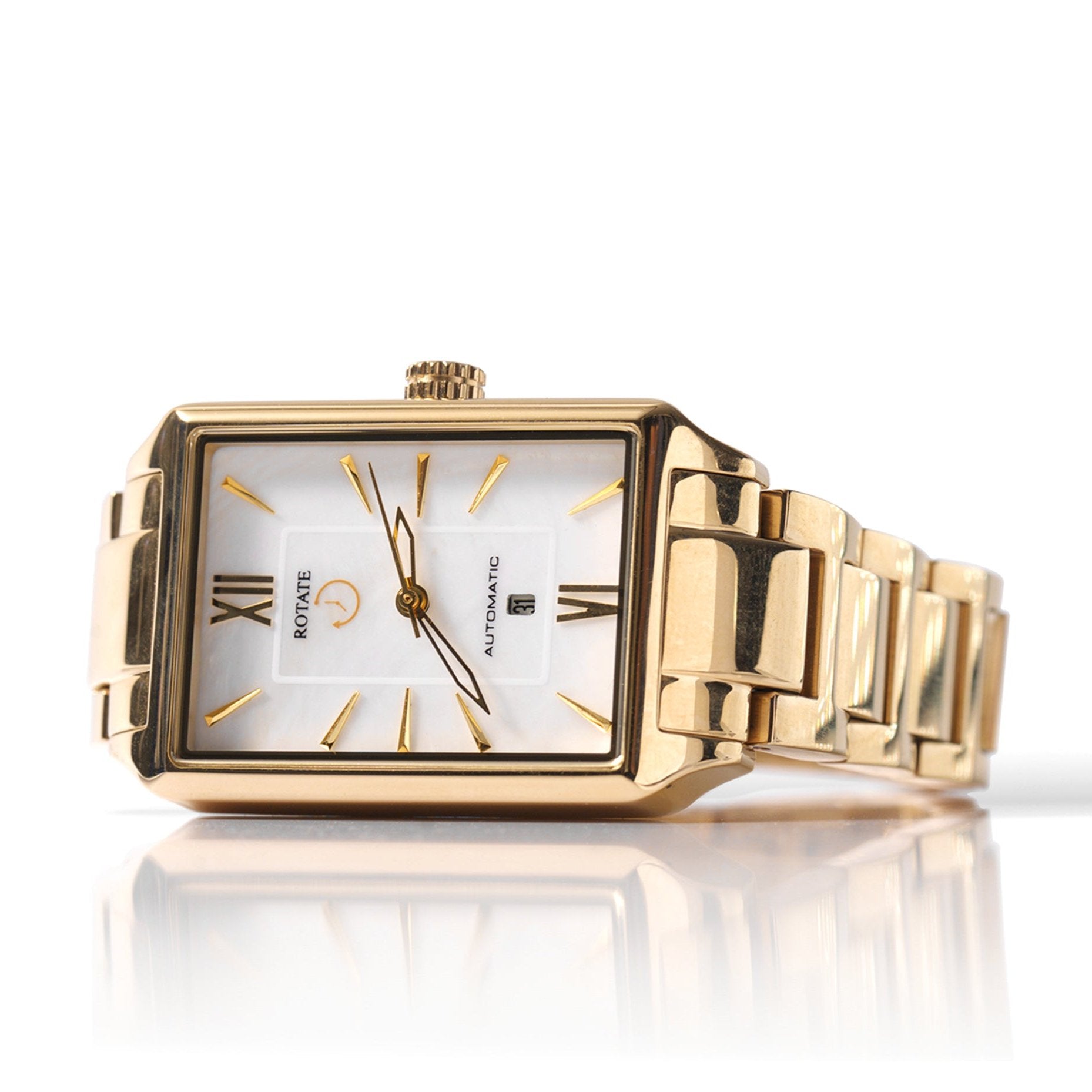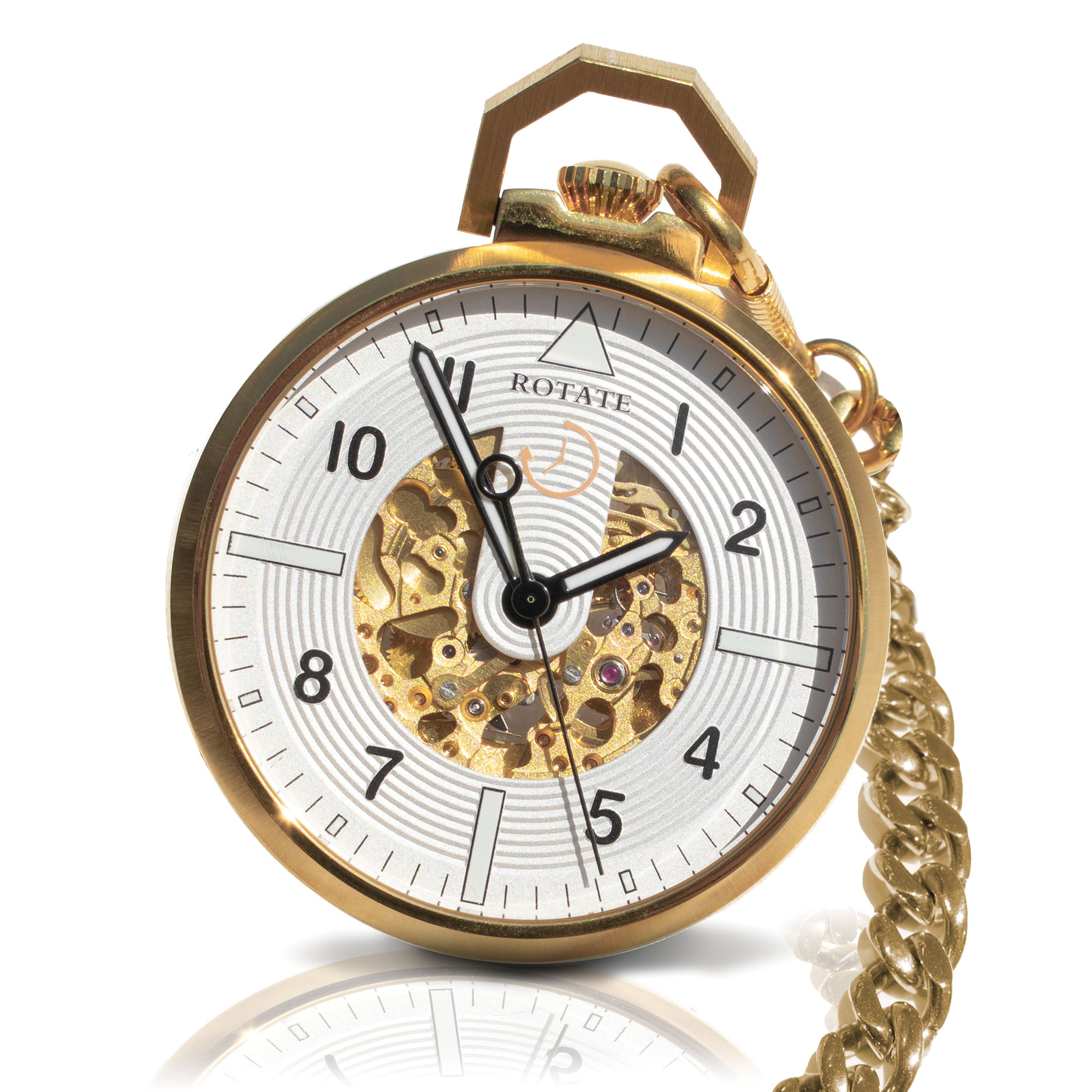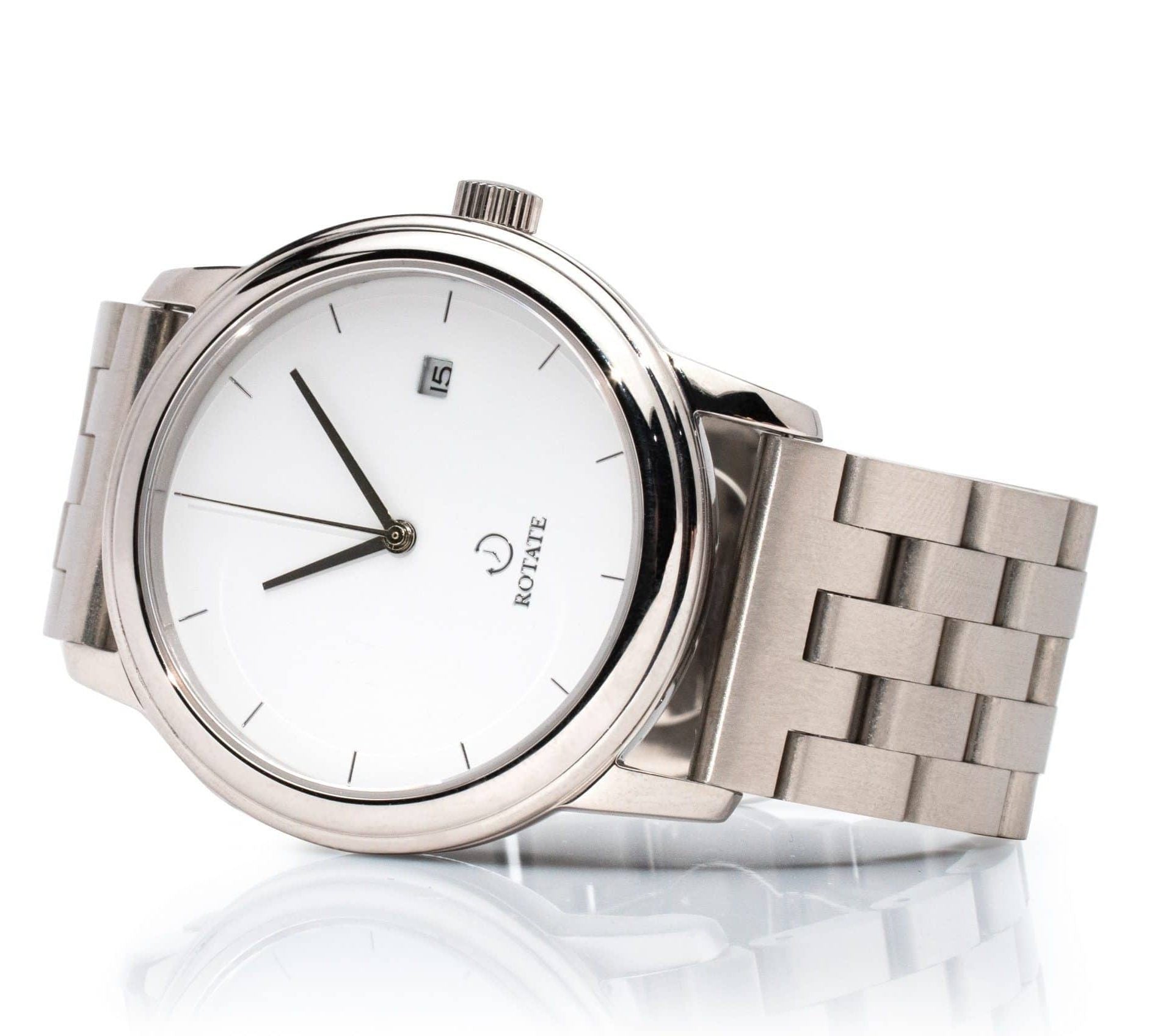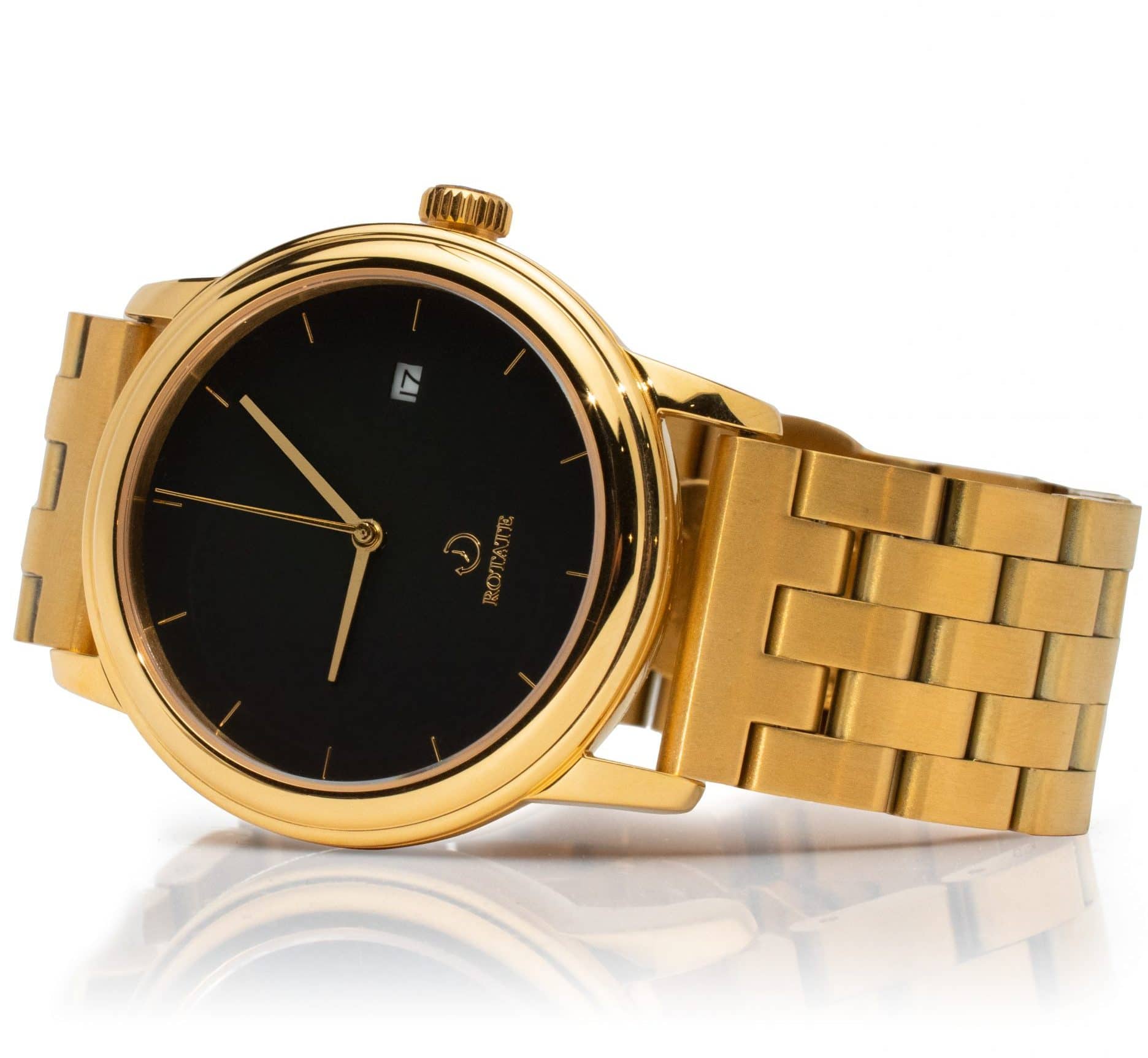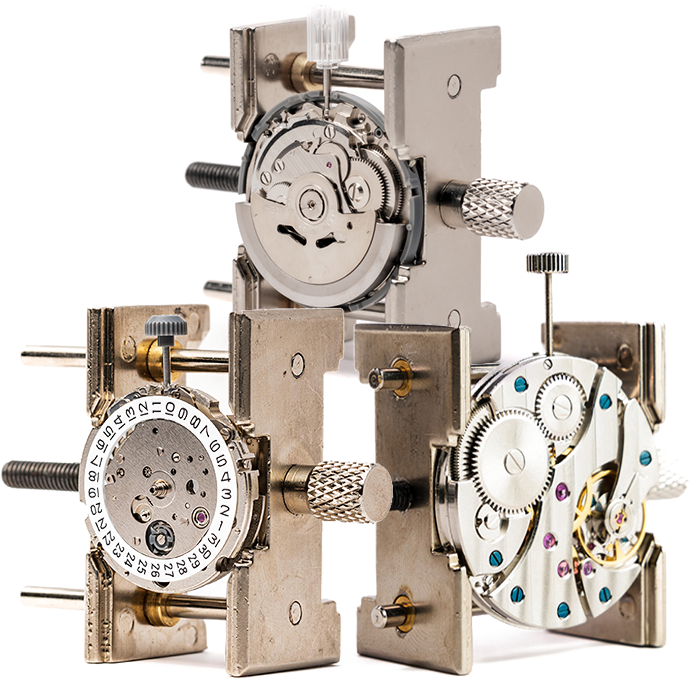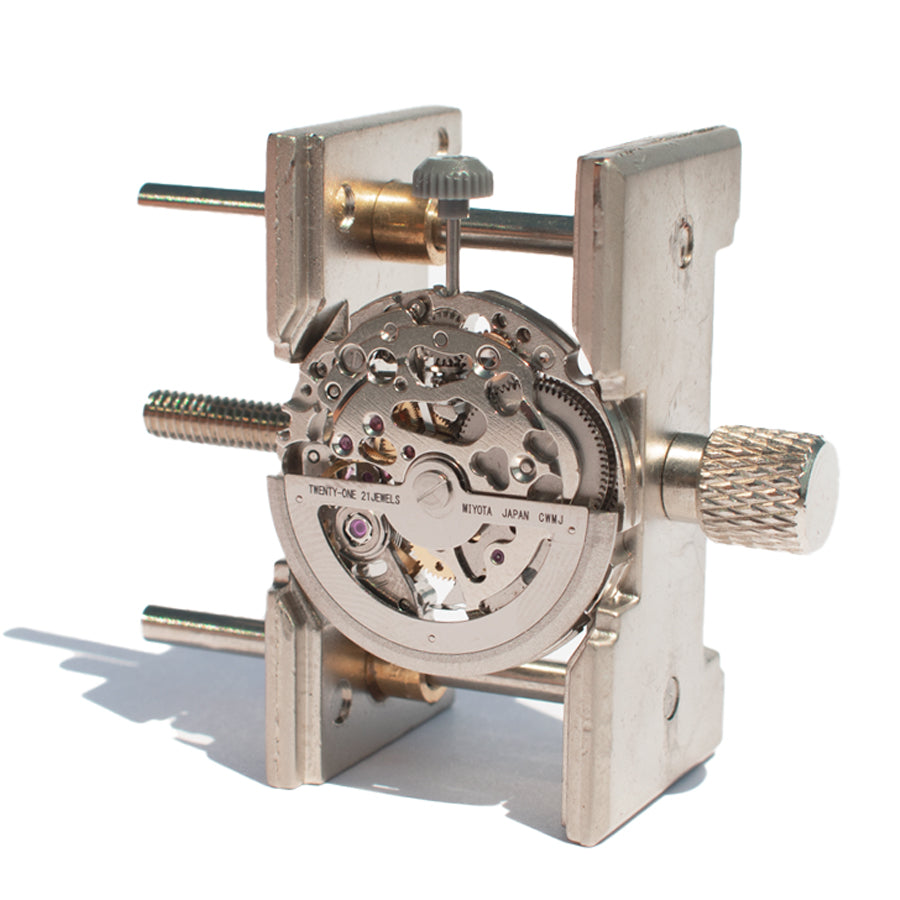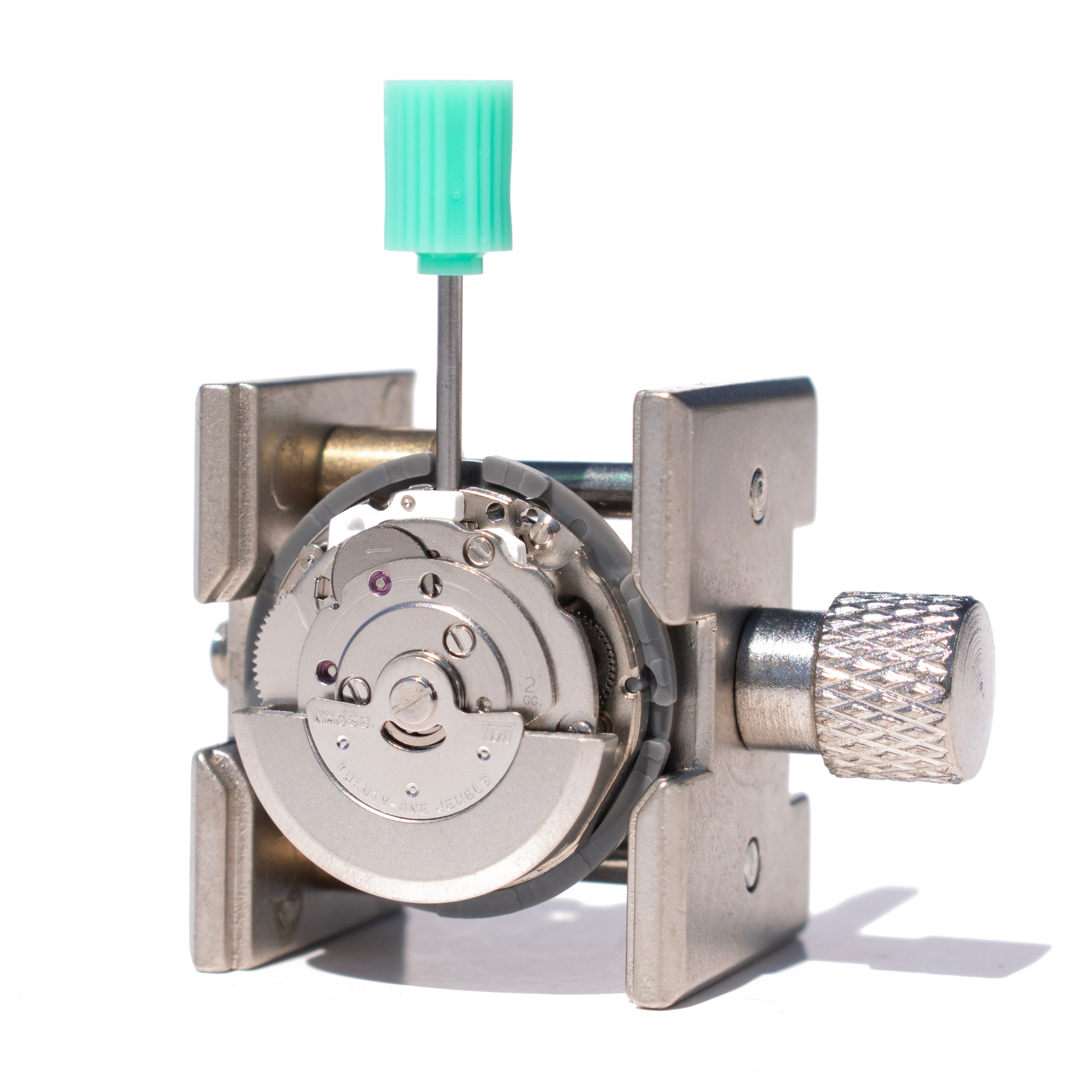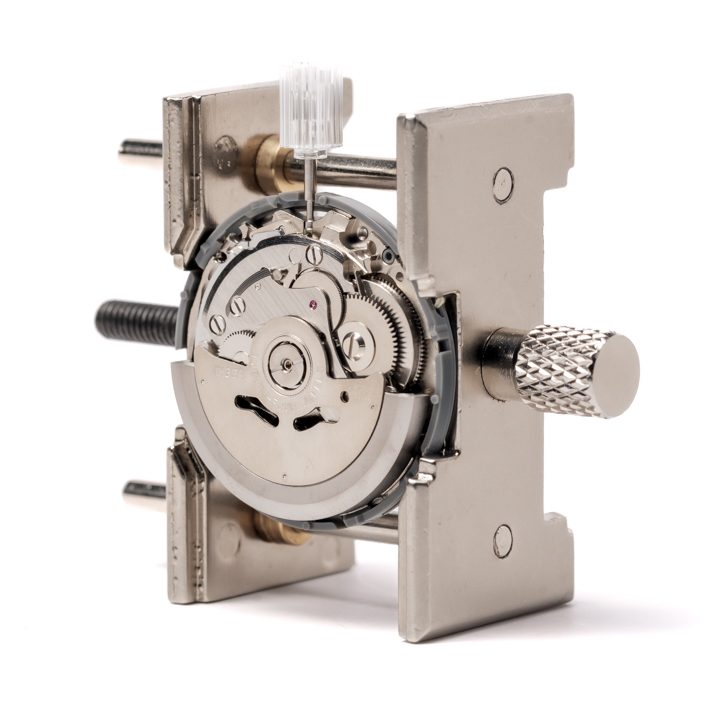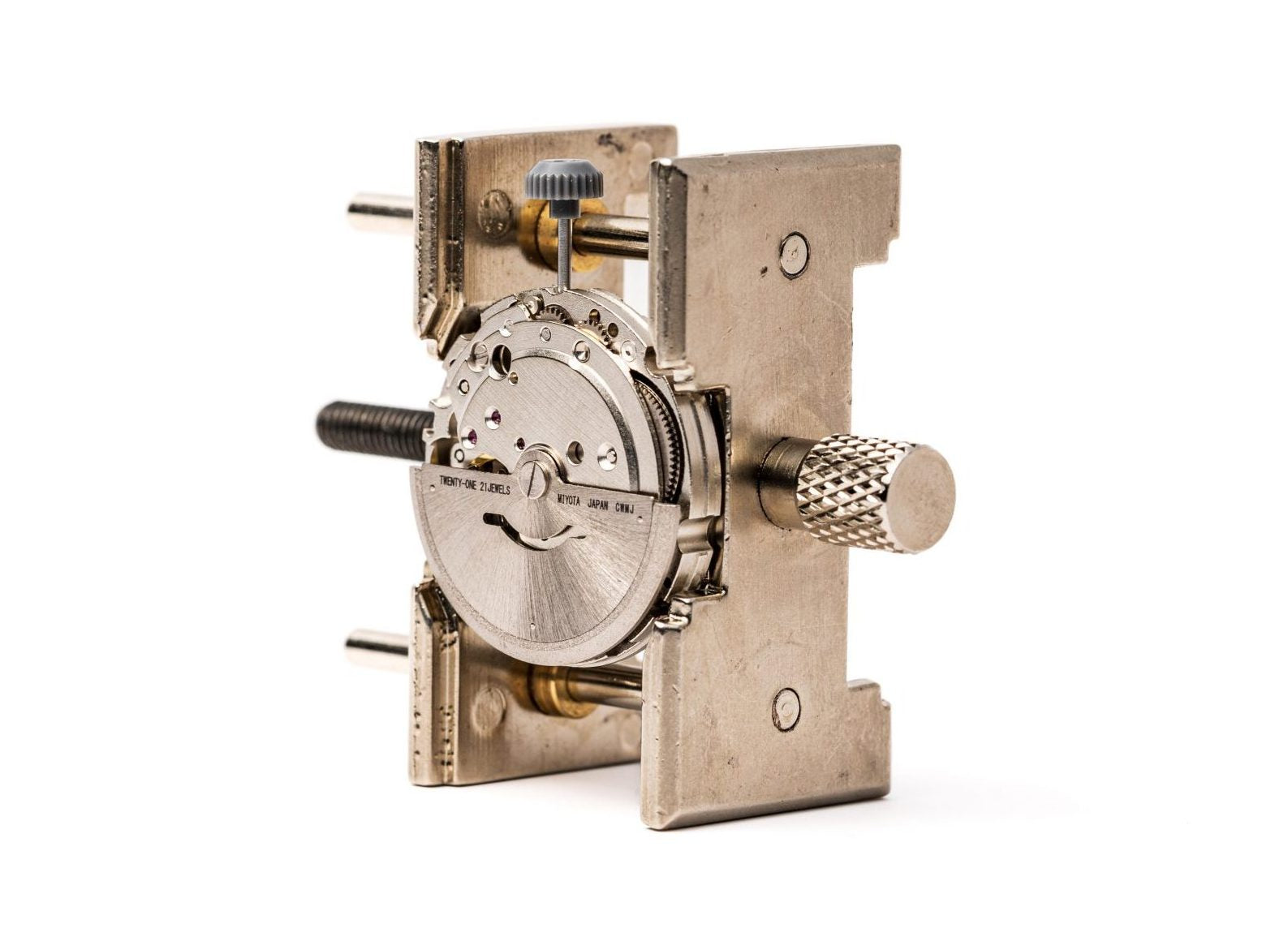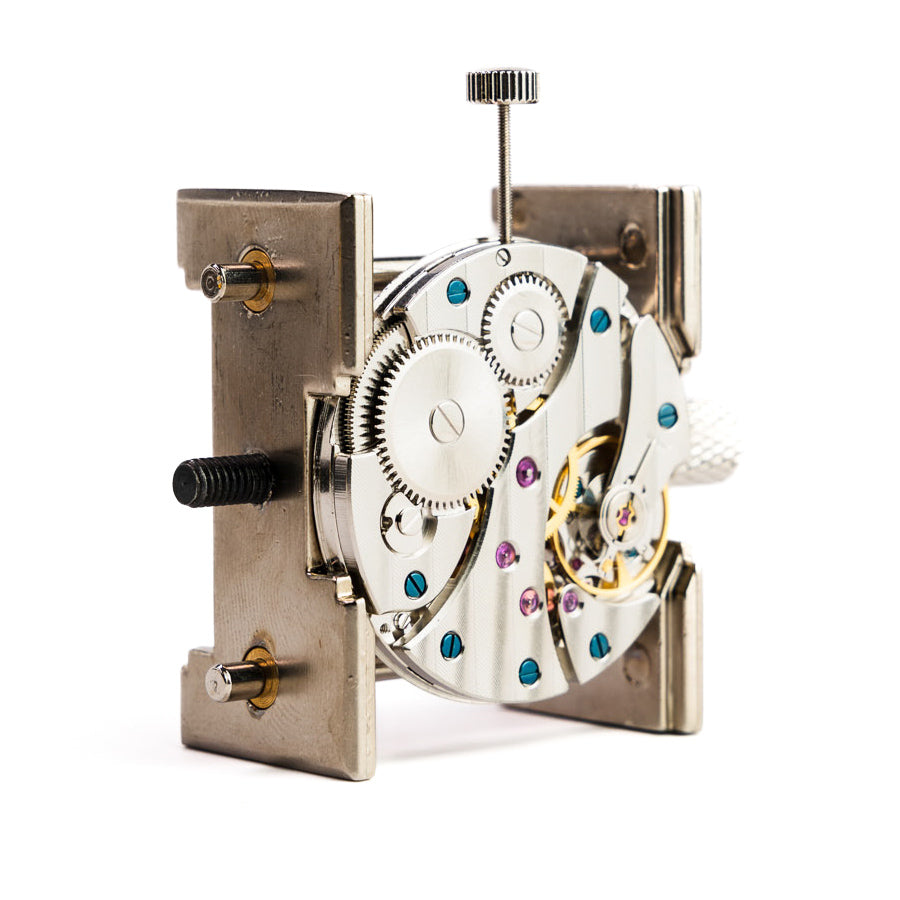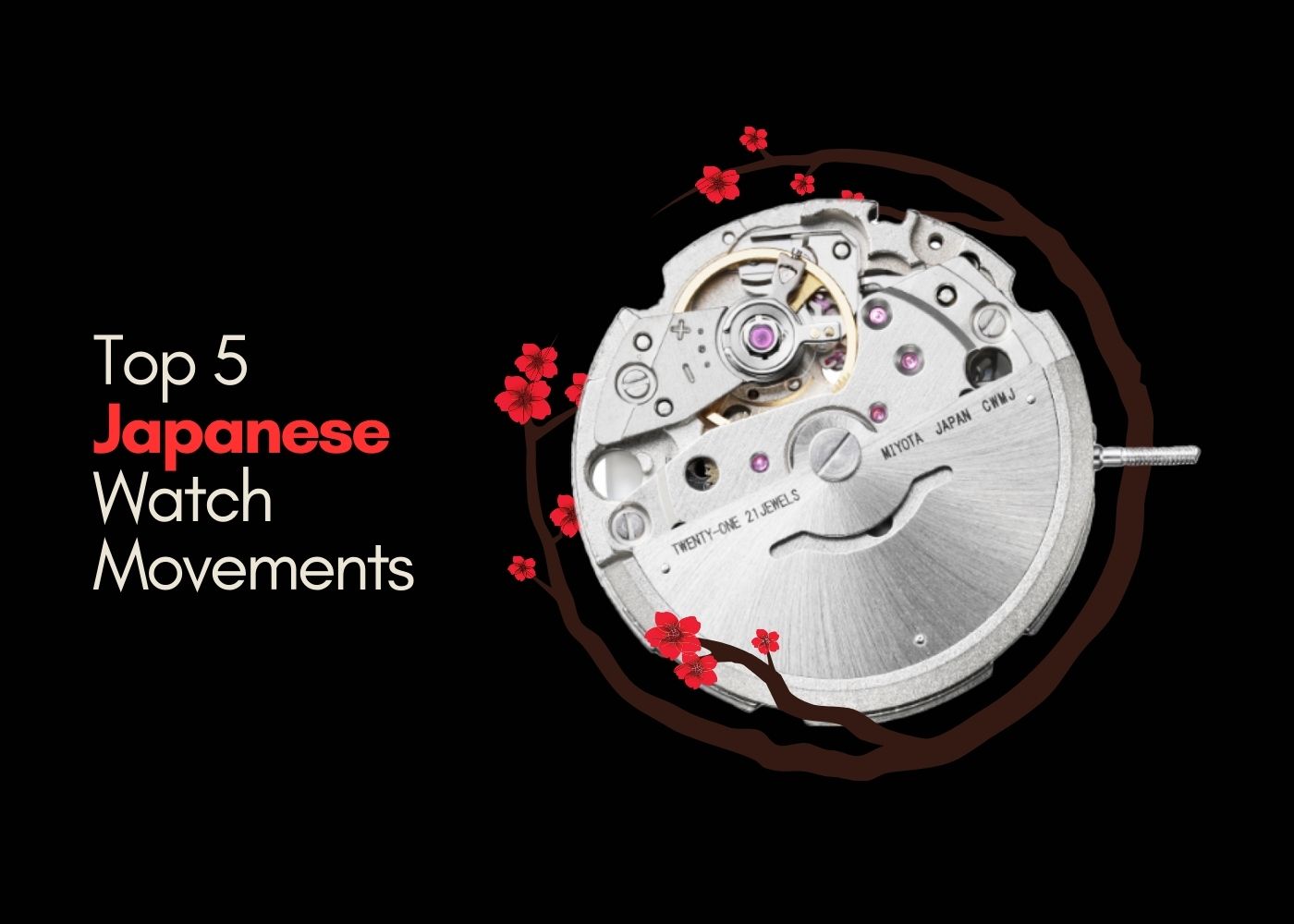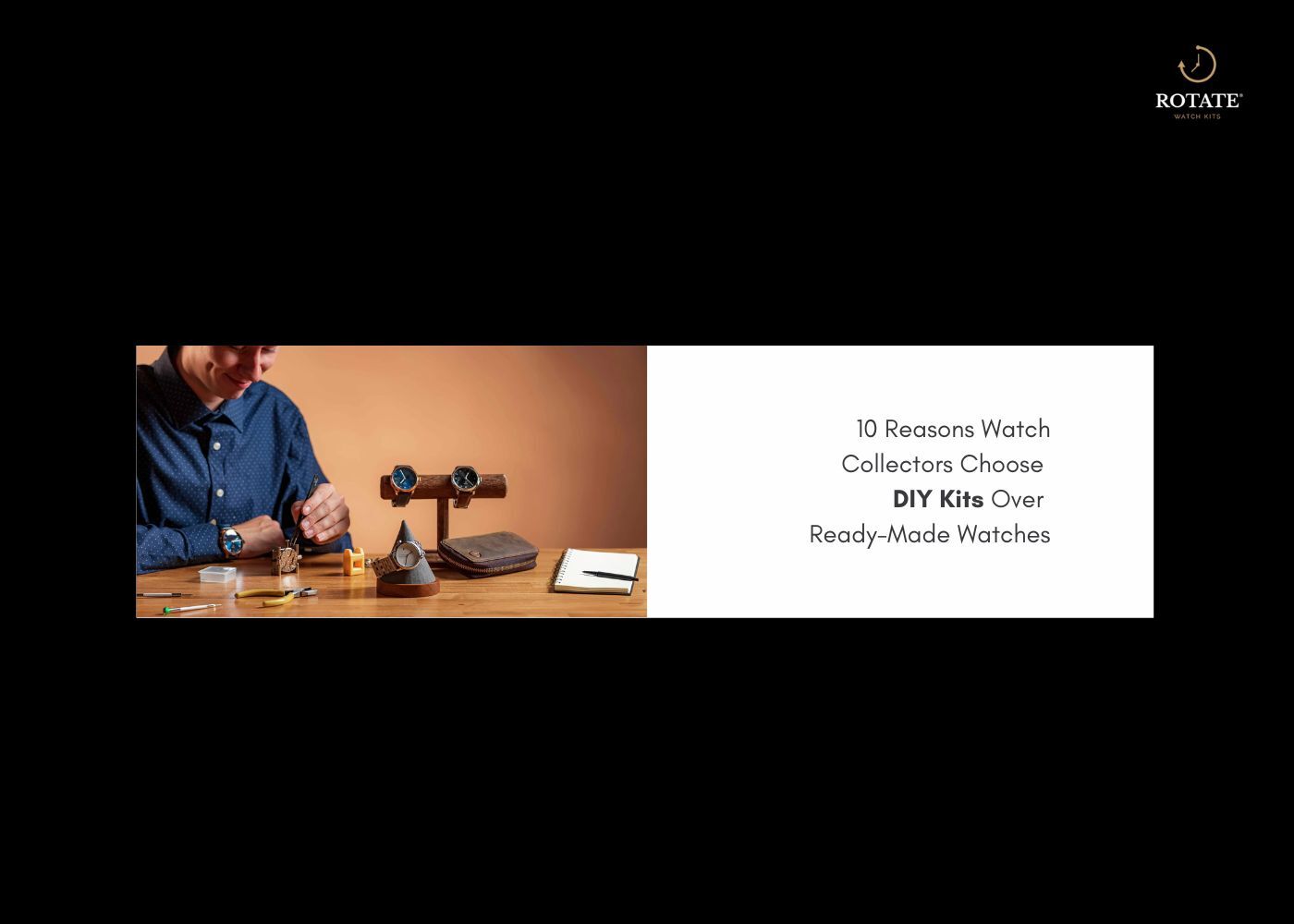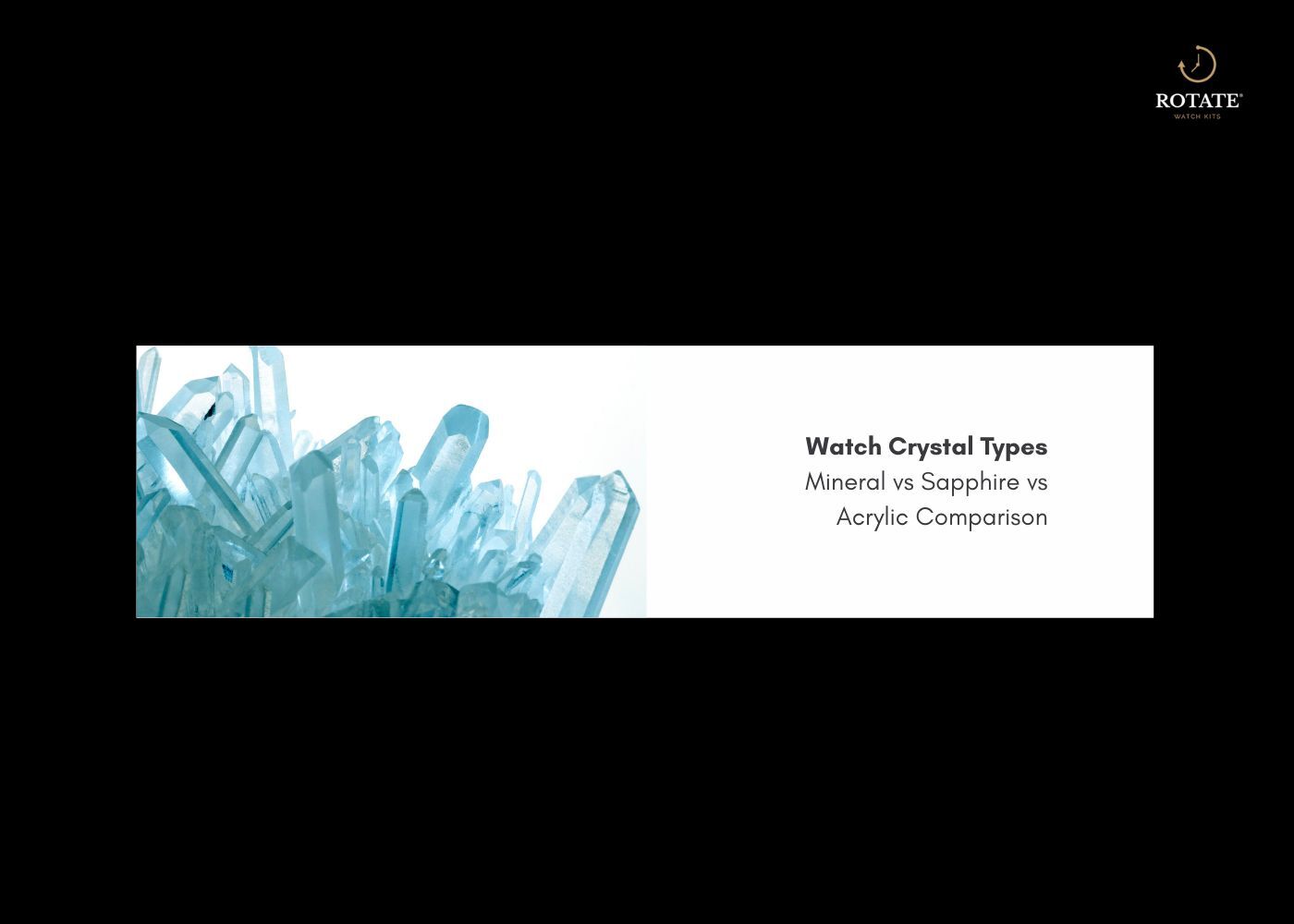
Watch Crystal Types: Complete Guide to Mineral, Sapphire, Acrylic & Coated Options
What Are Watch Crystals?
Watch crystals serve as the transparent protective barrier covering your watch dial. The crystal type directly affects scratch resistance, clarity, and overall durability.
Four primary materials dominate the watchmaking industry. Each offers distinct advantages depending on your budget, lifestyle, and maintenance preferences.
Why Crystal Quality Matters
Your watch crystal endures daily contact with surfaces, clothing, and environmental hazards. Choosing the right type prevents premature wear and maintains dial visibility.
Understanding crystal differences helps you make informed decisions when selecting or building timepieces. The material impacts both initial cost and long-term maintenance requirements.
Main Types of Watch Crystals Explained
Types of watch crystals fall into four categories based on material composition and manufacturing processes.
Modern watchmaking uses sapphire, sapphire-coated mineral glass, mineral glass, or acrylic (hesalite) crystals. Each type targets specific price points and performance requirements.
What Is a Sapphire Crystal Watch?
A sapphire crystal watch features synthetic sapphire, ranking 9 on the Mohs hardness scale. Only diamond surpasses sapphire in scratch resistance.
Manufacturing Process
Manufacturers grow synthetic sapphire crystals using the Verneuil process, heating aluminum oxide to extreme temperatures. The resulting material offers exceptional clarity and durability.
Best Applications
Luxury timepieces and professional dive watches typically feature sapphire crystals. The material withstands harsh environments while maintaining pristine appearance. However, sapphire can shatter more easily than other options when subjected to direct edge impacts.
What Is Sapphire-Coated Mineral Glass?
Sapphire-coated mineral glass represents an innovative middle ground between pure sapphire and standard mineral crystals. Manufacturers apply a thin sapphire coating to mineral glass substrates through chemical vapor deposition or similar processes.
Advantages of Sapphire-Coated Crystals
The sapphire coating provides excellent scratch resistance approaching pure sapphire performance. The mineral glass core maintains superior impact resistance compared to solid sapphire, making shattering less likely during daily wear.
Many quality watchmaking kits feature sapphire-coated mineral glass for optimal value. Rotate Watches' complete watchmaking kits utilize this advanced crystal technology starting at $195.
What Is a Mineral Crystal Watch?
Mineral crystal watches use tempered glass treated with heat processes to increase surface hardness. The material balances cost and performance effectively.
Composition and Treatment
Standard mineral glass receives thermal treatment, creating surface compression that resists scratches better than untreated glass. Some manufacturers apply additional hardening coatings for enhanced protection.
Common Usage
Most automatic watches between $200-500 feature mineral crystals. The material provides adequate protection for daily wear without premium pricing.
Many Seiko and Orient timepieces use mineral crystals with excellent results. Learn more about Seiko movement accuracy in these reliable watches.
What Is an Acrylic Watch Crystal?
Acrylic watch crystals consist of transparent plastic polymers, offering unique properties distinct from glass alternatives.
Characteristics
Acrylic crystals flex under impact rather than shattering. The material scratches easily but accepts polishing to restore clarity. Polymethyl methacrylate (PMMA) forms the basis of most acrylic watch crystals.
Historical Context
Vintage watches predominantly featured acrylic crystals. Modern watchmakers reserve acrylic for specific applications or heritage-inspired designs.
Sapphire vs Mineral vs Acrylic: What's the Difference?
The crystal comparison debate centers on scratch resistance, impact tolerance, and price considerations.
Key Distinctions
Sapphire excels in scratch resistance but can shatter under severe edge impacts. Sapphire-coated mineral glass provides excellent scratch protection with improved impact resistance. Mineral glass offers moderate scratch protection with better impact resistance than pure sapphire. Acrylic withstands impacts exceptionally well but scratches frequently.
Durability and Scratch Resistance Comparison
Scratch resistance varies dramatically across crystal types, affecting long-term appearance and maintenance needs.
Hardness Rankings
Sapphire crystals resist scratching from virtually all daily encounters. Sapphire-coated mineral glass performs similarly in surface scratch resistance while maintaining core structural integrity. Mineral crystals handle normal wear adequately but show scratches over time. Acrylic crystals scratch from minimal contact.
Impact Resistance
Acrylic crystals absorb impacts without cracking. Sapphire-coated mineral glass tolerates moderate to severe impacts better than solid sapphire. Mineral glass handles moderate impacts well. Sapphire crystals may shatter from severe direct impacts despite superior scratch resistance.
Understanding how long automatic watches last includes considering crystal durability and replacement needs.
Clarity and Appearance: Which Looks Better?
Visual clarity influences readability and aesthetic appeal across different crystal materials.
Optical Properties
Sapphire crystals provide exceptional transparency with minimal distortion. Sapphire-coated mineral glass offers comparable clarity to solid sapphire. Mineral crystals provide good clarity suitable for most applications. Acrylic crystals may develop slight haziness over time.
Anti-Reflective Coatings
Premium sapphire crystals often feature anti-reflective coatings enhancing readability. Some sapphire-coated mineral glass includes similar treatments. Mineral crystals rarely include these coatings. Acrylic naturally produces less glare than glass alternatives.
Price Comparison: Which Watch Crystal Offers Best Value?
Crystal type significantly impacts overall watch pricing and replacement costs.
Cost Analysis
Sapphire crystals add $50-200+ to watch production costs. Sapphire-coated mineral glass increases costs by $20-50, offering excellent value. Mineral crystals add $10-30 to production. Acrylic crystals cost minimal amounts in volume production.
Long-Term Value
Sapphire and sapphire-coated crystals maintain appearance indefinitely without replacement. Mineral crystals may require eventual replacement. Acrylic crystals need periodic polishing or replacement.
Budget-conscious buyers find excellent value in sapphire-coated mineral or standard mineral crystal watches. Explore best watch movements under $200 for quality options.
Which Watch Crystal Is Best for You?
Selecting the ideal crystal type depends on usage patterns, budget constraints, and aesthetic preferences.
Decision Framework
Choose sapphire for maximum scratch protection and premium feel in luxury timepieces. Select sapphire-coated mineral glass for excellent scratch resistance with superior impact protection at mid-range pricing. Pick mineral for balanced performance at a reasonable cost. Consider acrylic for vintage aesthetics or extreme impact resistance needs.
Lifestyle Considerations
Active lifestyles benefit from sapphire-coated mineral or standard mineral crystals. Office environments suit any crystal type. Collectors appreciate sapphire's lasting clarity. DIY watchmakers value the practical durability of sapphire-coated options.
Building custom watches allows crystal selection matching your priorities. Check out DIY watch kits starting at $140.
How to Identify the Type of Watch Crystal on Your Watch
Several simple tests reveal your watch crystal material without specialized equipment.
Testing Methods
Tap the crystal gently with your fingernail. Sapphire produces a high metallic tone. Sapphire-coated and mineral glass sound slightly lower. Acrylic produces a dull tap.
Water droplets bead distinctly on sapphire and sapphire-coated crystals. Mineral glass shows moderate beading. Acrylic displays minimal water beading.
Visual Inspection
Examine the crystal under bright light for rainbow-like reflections indicating anti-reflective coatings common on sapphire crystals. Sapphire-coated options may show similar properties.
Caring for and Maintaining Your Watch Crystal
Proper maintenance preserves crystal clarity and extends watch lifespan regardless of material type.
Cleaning Guidelines
Clean crystals using microfiber cloths and mild soap solution. Avoid abrasive cleaners on all crystal types. Sapphire and sapphire-coated options tolerate more aggressive cleaning than standard mineral or acrylic.
Scratch Prevention
Store watches individually to prevent crystal contact. Remove watches during activities involving hard surfaces. Use protective watch cases during travel.
Learn proper mechanical watch basics including crystal care for optimal timepiece maintenance.
Final Thoughts on Choosing the Right Watch Crystal Type
Watch crystal types offer distinct advantages suiting different priorities and budgets. Sapphire delivers unmatched scratch resistance for premium timepieces. Sapphire-coated mineral glass provides excellent scratch protection with superior impact resistance at mid-range pricing. Mineral crystals offer practical performance for daily wear. Acrylic serves niche applications requiring impact resistance.
Consider your lifestyle, budget, and aesthetic preferences when selecting crystal types. Most quality automatic watches under $300 feature sapphire-coated mineral or standard mineral crystals offering excellent value.
Building custom timepieces allows firsthand experience with crystal selection and installation. Rotate Watches offers complete watchmaking kits featuring sapphire-coated mineral glass and professional-grade components with detailed assembly guidance.
Your watchmaking journey begins with understanding these fundamental components.
FAQs
Q1. Can you replace a watch crystal yourself?
Crystal replacement requires specialized tools including crystal presses and case knives. Beginners should practice on inexpensive watches before attempting valuable timepiece repairs to avoid damage.
Q2. Which is better: sapphire or mineral crystal?
Sapphire offers superior scratch resistance but costs more and may shatter from edge impacts. Sapphire-coated mineral glass provides comparable scratch protection with better impact resistance. Mineral crystals provide adequate protection for most users at lower prices.
Q3. Do acrylic crystals yellow over time?
Quality acrylic crystals resist yellowing with proper care. UV exposure may cause discoloration in inferior materials over many years of continuous sunlight exposure.
Q4. How can I remove scratches from a mineral crystal?
Minor scratches may diminish with specialized glass polishing compounds like cerium oxide. Deep scratches typically require professional crystal replacement.
Q5. Are sapphire crystals unbreakable?
Sapphire crystals resist scratches exceptionally well but can shatter from severe direct impacts or pressure on edges. Sapphire-coated mineral glass offers better impact resistance while maintaining scratch protection.
Q6. What crystal type do luxury watches use?
Premium timepieces predominantly feature solid sapphire crystals, often with anti-reflective coatings enhancing clarity and readability. Mid-range quality watches increasingly use sapphire-coated mineral glass for excellent value.
{ "@context": "https://schema.org", "@type": "FAQPage", "mainEntity": [ { "@type": "Question", "name": "Can you replace a watch crystal yourself?", "acceptedAnswer": { "@type": "Answer", "text": "Crystal replacement requires specialized tools including crystal presses and case knives. Beginners should practice on inexpensive watches before attempting valuable timepiece repairs to avoid damage." } }, { "@type": "Question", "name": "Which is better: sapphire or mineral crystal?", "acceptedAnswer": { "@type": "Answer", "text": "Sapphire offers superior scratch resistance but costs more and may shatter from edge impacts. Sapphire-coated mineral glass provides comparable scratch protection with better impact resistance. Mineral crystals provide adequate protection for most users at lower prices." } }, { "@type": "Question", "name": "Do acrylic crystals yellow over time?", "acceptedAnswer": { "@type": "Answer", "text": "Quality acrylic crystals resist yellowing with proper care. UV exposure may cause discoloration in inferior materials over many years of continuous sunlight exposure." } }, { "@type": "Question", "name": "How can I remove scratches from a mineral crystal?", "acceptedAnswer": { "@type": "Answer", "text": "Minor scratches may diminish with specialized glass polishing compounds like cerium oxide. Deep scratches typically require professional crystal replacement." } }, { "@type": "Question", "name": "Are sapphire crystals unbreakable?", "acceptedAnswer": { "@type": "Answer", "text": "Sapphire crystals resist scratches exceptionally well but can shatter from severe direct impacts or pressure on edges. Sapphire-coated mineral glass offers better impact resistance while maintaining scratch protection." } }, { "@type": "Question", "name": "What crystal type do luxury watches use?", "acceptedAnswer": { "@type": "Answer", "text": "Premium timepieces predominantly feature solid sapphire crystals, often with anti-reflective coatings enhancing clarity and readability. Mid-range quality watches increasingly use sapphire-coated mineral glass for excellent value." } } ] }


